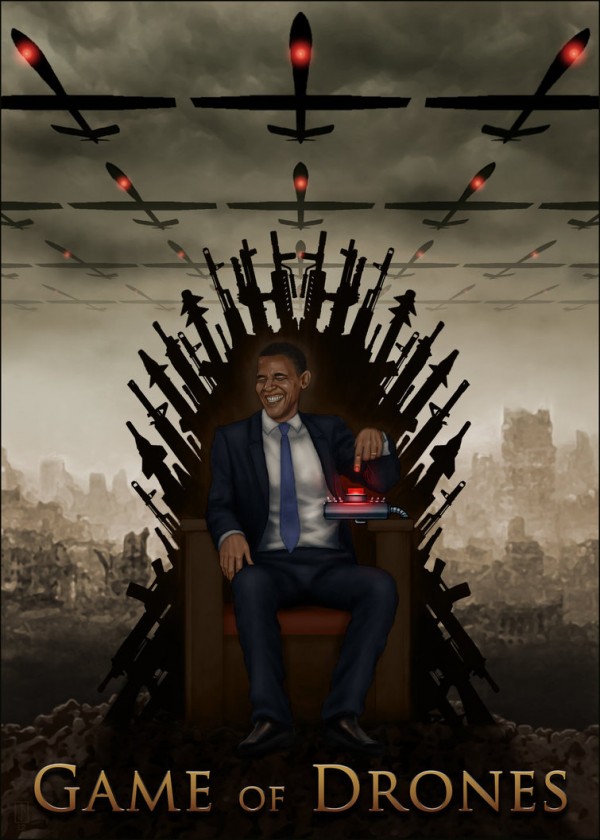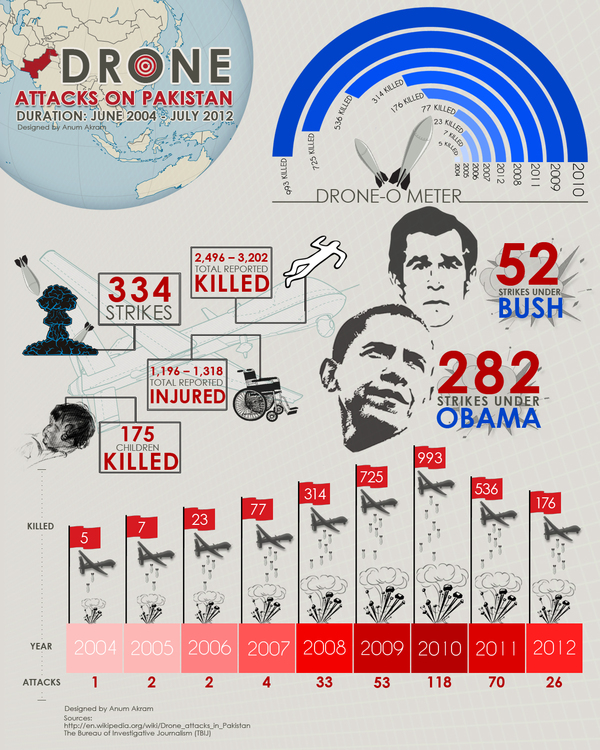Illustration via MODDB
 BY JOHN WRUBEL Last night at the National Constitutional Center, NPR’s Intelligence Squared hosted a debate for broadcast on the limits of executive power, specifically is the president exceeding the constitutional powers of his office when, absent due process, he orders a fatal drone strike on an American citizen living abroad who is suspected of aiding or abetting terror plots that would harm American citizens or the homeland. Such was the case with the fatal drone strike executed against Anwar Al-Awlaki (pictured below, right, with mouse ears) , a charismastic Imam and advocate for Jihad who was born in New Mexico.
BY JOHN WRUBEL Last night at the National Constitutional Center, NPR’s Intelligence Squared hosted a debate for broadcast on the limits of executive power, specifically is the president exceeding the constitutional powers of his office when, absent due process, he orders a fatal drone strike on an American citizen living abroad who is suspected of aiding or abetting terror plots that would harm American citizens or the homeland. Such was the case with the fatal drone strike executed against Anwar Al-Awlaki (pictured below, right, with mouse ears) , a charismastic Imam and advocate for Jihad who was born in New Mexico.
The specific question being debated was not whether or not drone strikes are moral or legal, or even useful for advancing U.S. Foreign policy objectives, it was whether or not the president violated the constitutional rights of this particular American citizen. As per the premise of the show, the audience is polled about whether they are for or against the motion before the debate begins then again at the end. Before the debate, the audience vote tally was: 29% for, 44% against with 27% undecided.
The debate teams were made up of two people each, one side argued for the motion that the president did have the executive power to order the strike and the other side argued that he did not. Arguing for the motion  was Alan Dershowitz, famed defense attorney, retired Harvard Law School professor cable news gadfly, and Michael W. Lewis, a professor at Ohio Northern University Petit School of Law. Arguing against the motion was Noah Feldman, also from Harvard Law School, and Hina Shamsi from the American Civil Liberties Union.
was Alan Dershowitz, famed defense attorney, retired Harvard Law School professor cable news gadfly, and Michael W. Lewis, a professor at Ohio Northern University Petit School of Law. Arguing against the motion was Noah Feldman, also from Harvard Law School, and Hina Shamsi from the American Civil Liberties Union.
“This issue pushes us to ask the most fundamental question about liberty and democratic government: ‘Why do we have a constitution?’,” said Feldman, in arguing against the motion. “When you boil that down to its deepest essence, the most fundamental component of liberty is…to promise that the government not kill it’s own citizens without a trial.” Referring to government ‘white papers’ that concluded al-Awlaki was an imminent threat, Feldman argued that the many months it took to research these white papers proved, by definition, that any threat al-Awlaki presented was not in fact imminent.
Much of the debate centered around where and what represents a battlefield in modern warfare, specifically the asymmetrical warfare of the so-called The War On Terror. “Over the years the battlefield has expanded,” said Dershowitz. “Al-Qaeda has expanded the battlefield even more by declaring that the battlefield was anywhere where they could legitimately operate from and kill Americans. There is no doubt that the battlefield includes Yemen, it includes the Sudan, and parts of Pakistan…the reasonable functional definition of battlefield is anywhere where Al-Qaeda can set up operations and attack Americans.” Later, responding to a question from the audience, Dershowitz declared that the battlefield in the War On Terror extends to inside the borders of the United States. Accordingly, Dershowitz argued, the President could, for example, order a drone strike against a rogue American citizen hiding out in a cave in the Rockies.
Apparently the audience found Dershowitz and Lewis’ arguments more persuasive. At the end of the debate, the audience vote tallies had shifted significantly for the motion: 54% were for the motion, 39% were against, and just 7%, down from 27% prior to the debate, were undecided.


